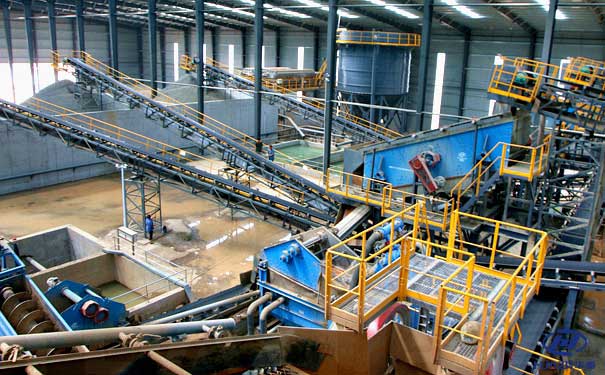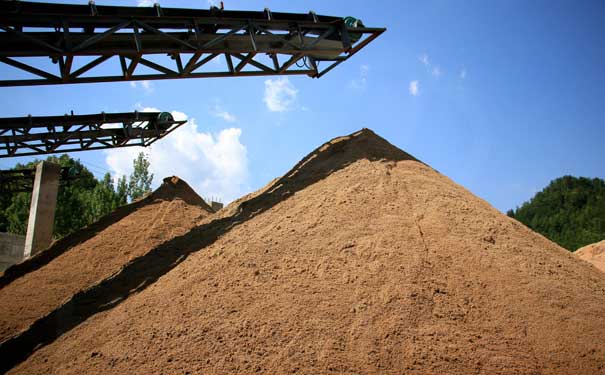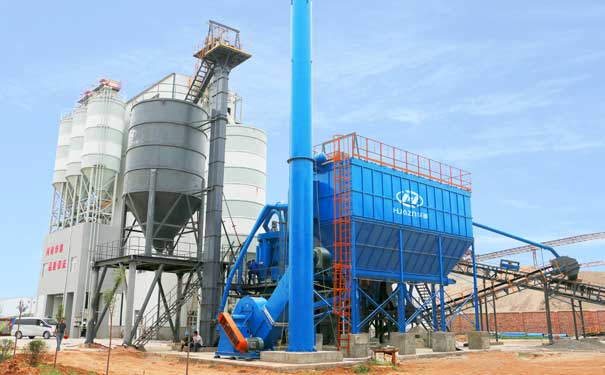The production process of machine-made sand mainly includes dry sand production line, semi-dry sand production line and wet sand production line, which can be processed into machine-made sand of different specifications according to different production processes. In the machine-made sand production line, whether it is dry sand making or wet sand making, the main equipment used is basically the same, that is, coarse crushing equipment, medium and fine crushers and high-efficiency sand making machines are the main body. The purpose of the two is also the same, both for higher sand quality and to meet the requirements of concrete and dry mortar. However, the main difference between dry sand making and wet sand making is the use of different treatment schemes for the stone powder and mud content in machine-made sand. There are pros and cons between the two. Today we will talk about the pros and cons of these two processes. We believe that it can help more investors choose suitable machine-made sand process design schemes.

What are the advantages of dry production technology?
1. The water content of machine-made sand produced by dry sand making is generally less than 2%, and commercial or dry mixed mortar can be used directly.
2. It can control the stone powder content in the finished sand, can be recycled and used in a centralized way, and reduce dust emission.
3. The dry sand production process uses less water resources, with little or no water, which can save water resources.
4. Dry sand making is conducive to several kinds of operation control and can realize automatic management.
5. Not affected by region, drought and cold season.

Why is the wet production process less used?
1. Wet sand production requires a lot of water resources.
2. The finished sand has a high water content and needs to be dehydrated.
3. The fineness modulus of the finished sand is relatively coarse, and there may be loss of fine sand during the sand washing process, resulting in low sand output.
4. During the wet sand making process, a large amount of mud powder sewage may be produced, which will pollute the environment.
5. Wet sand making cannot produce normally in the dry, rainless or freezing seasons.

The characteristics of the semi-dry sand making process. Compared with wet sand making, the semi-dry sand making production process does not require water washing for part of the finished sand, so the water consumption is much less than that in wet sand making, and the amount of stone powder loss in the finished sand is also less. The moisture content of the finished sand is also lower. The investment cost of the semi-dry sand production process is more than that of the dry sand production process, but it is less than that of the wet sand production process. The powder content of the finished sand and the operating cost are also between the two.
For more information, you can click: www.lydhchina.com

